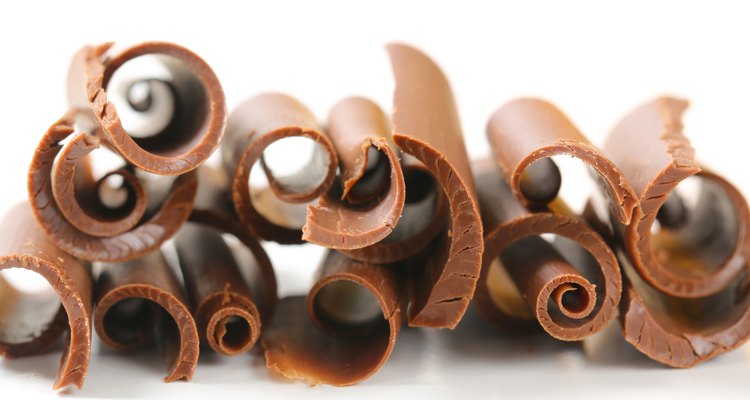
vikif/iStock/Getty Images
Cocoa butter is the edible fat derived from the cacao bean. Solid at room temperature and white to pale yellow in color, cocoa butter has a slight chocolate taste and aroma. To obtain cocoa butter, cacao beans are ground, then either pressed or warmed to separate the fat from the cocoa solids. Cocoa butter is then later used in the manufacture of chocolate candy and also has applications in commercial baking and food production.
Contents
Cocoa butter consists of 100 percent fat and contains no proteins or carbohydrates. There are 248 calories in 1 oz. of cocoa butter, which delivers 43 percent of the total recommended fat intake per day for the average adult. Cocoa butter contains no dietary fiber or cholesterol.
Vitamins and Minerals
A single ounce of cocoa butter contains almost 7 mcg of vitamin K or approximately 10 percent of the daily recommended intake of that vitamin for the average adult. The same measure holds 0.5 mg of vitamin E, in the form of alpha-tocopherol, or 3 percent of the daily intake. There are no appreciable amounts of dietary minerals in cocoa butter.
Saturated Fat
High amounts of saturated fat in the diet can raise cholesterol levels and increase the risk of heart disease. Over 60 percent of cocoa butter is saturated fat. According to the Cleveland Clinic, the fats in cocoa butter consist of equal amounts of unsaturated oleic and saturated stearic and palmitic acids. Of these, palmitic acid can increase blood levels of cholesterol. The American Heart Association recommends limiting the intake of saturated fats to less than 7 percent of the total daily intake.
Trans Fats
Many oils spoil quickly at room temperature. Hydrogenating these oils significantly improves their shelf life and solidifies them, making them easier to store. Unfortunately, the hydrogenation process also introduces trans fats, which can increase the risk of cardiovascular disease. While cocoa butter has a melting point above room temperature that allows it to solidify naturally, it is not hydrogenated and does not contain trans fats.
Stimulants
Caffeine and theobromine are chemical stimulants that occur in significant amounts in chocolate, particularly dark chocolate and cocoa powder. Cocoa butter, however, contains only trace amounts of these chemical stimulants, which remain in the cocoa solids during the separation process.
Misconceptions
While the name implies that cocoa butter it is a type of real butter, the Food and Drug Administration classifies butter as a dairy product made from milk or cream. Cocoa butter, though, is a pure vegetable oil derived from the beans of the cacao plant.
Related Articles

FDA Standards of Chocolate Identity
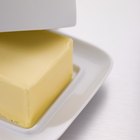
Butter Substitute for Molten Lava Cake

How Many Calories Are in Peanut M&Ms?
How Many Calories are in Pistachio ...
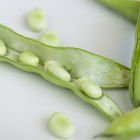
Nutritional Facts of Fava Beans

What Is Agave Syrup?

Provolone Cheese Nutrition Information

Substitutes for Groundnut Oil in Cooking
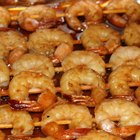
A List of Foods That Contain Choline

Which Country Produces the Most ...

How to Make a White Decorator Icing

How to Cook Barbecue Chicken Drumsticks ...

Calories in One Slice Provolone Cheese
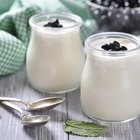
The Amount of Lactose in Yogurt

The Average Weight of a Boiled Egg
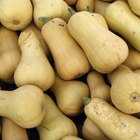
How Many Calories Are in Butternut ...
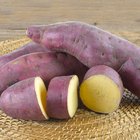
Difference in Sugar Content of Sweet ...

Asian Secret to Removing Cellulite
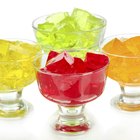
Fat-Free and Sugar-Free Jell-O Pudding ...
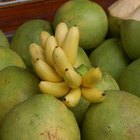
Foods From Rainforest Plants
References
Writer Bio
In Jacksonville, Fla., Frank Whittemore is a content strategist with over a decade of experience as a hospital corpsman in the U.S. Navy and a licensed paramedic. He has over 15 years experience writing for several Fortune 500 companies. Whittemore writes on topics in medicine, nature, science, technology, the arts, cuisine, travel and sports.
Photo Credits
vikif/iStock/Getty Images